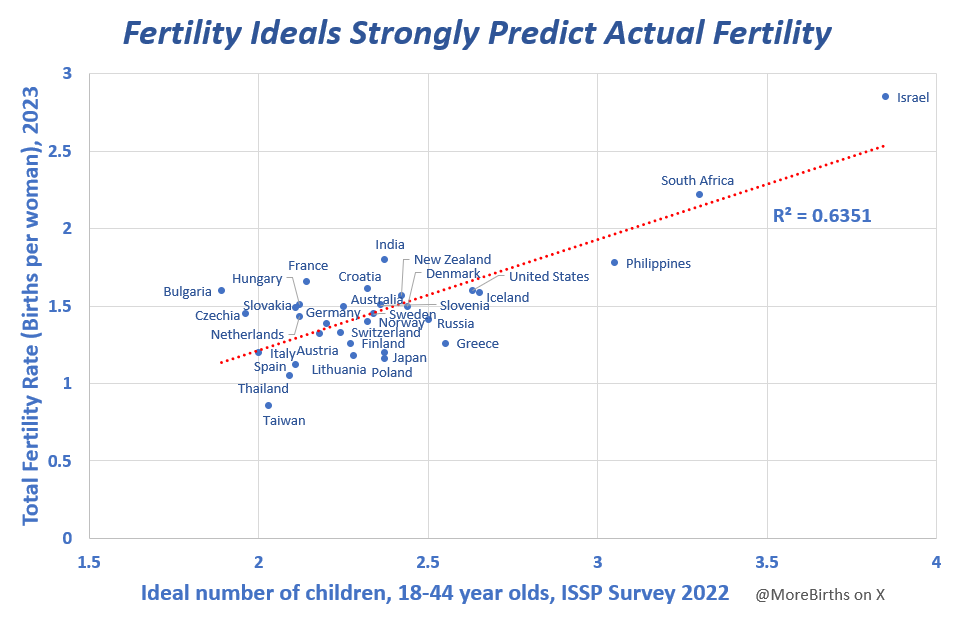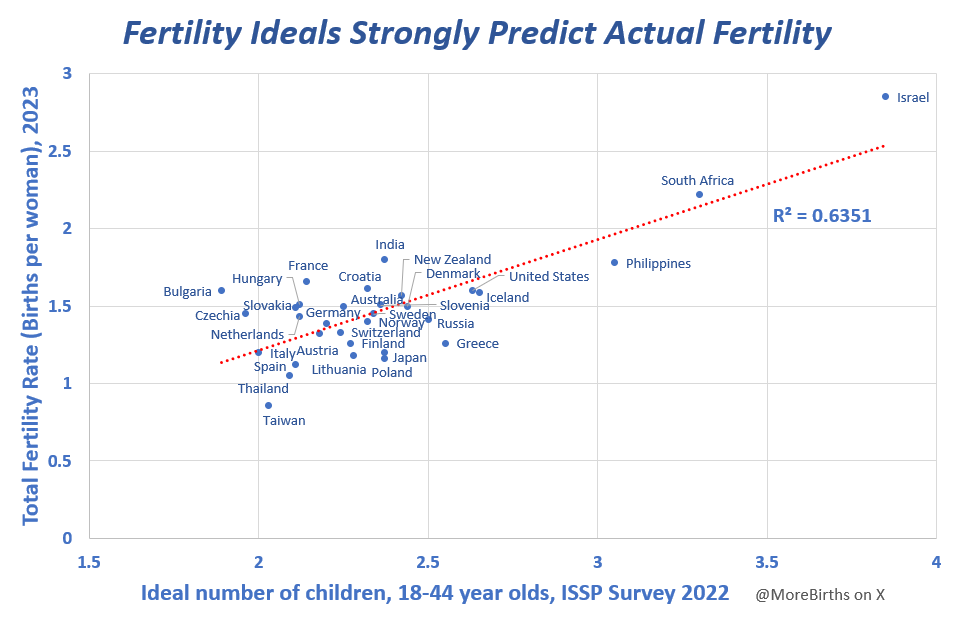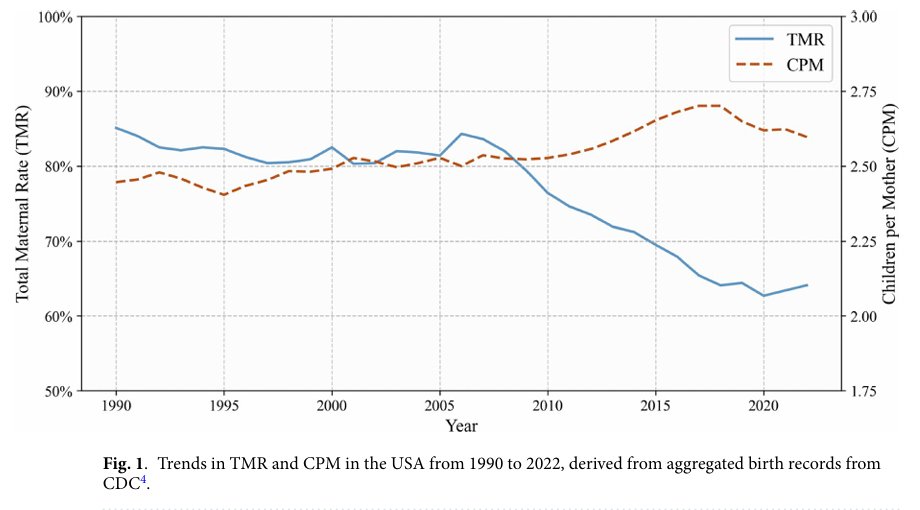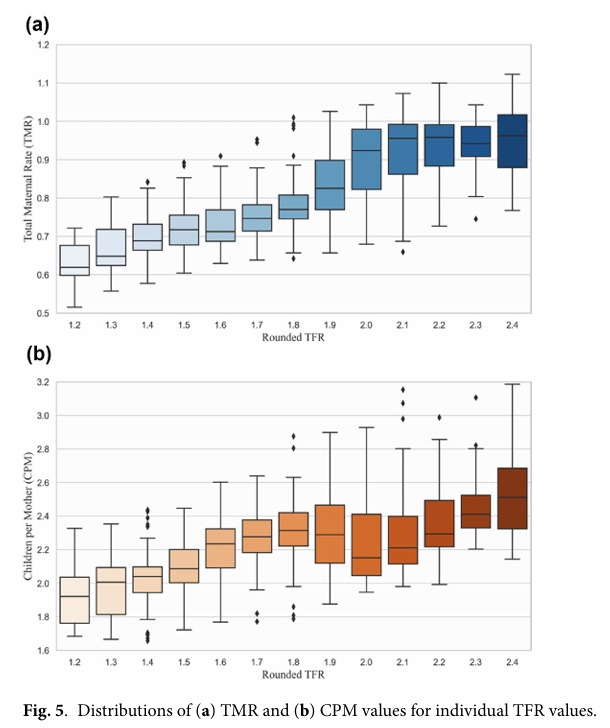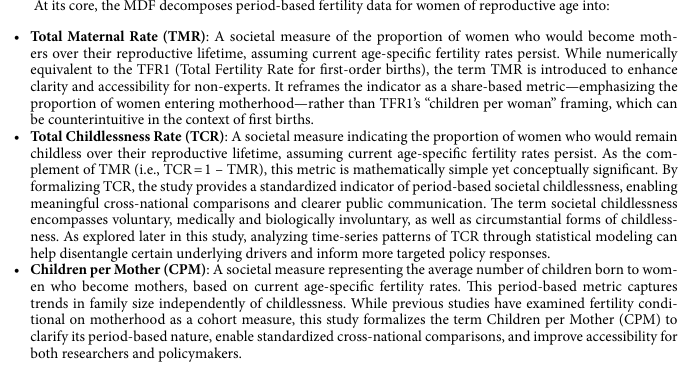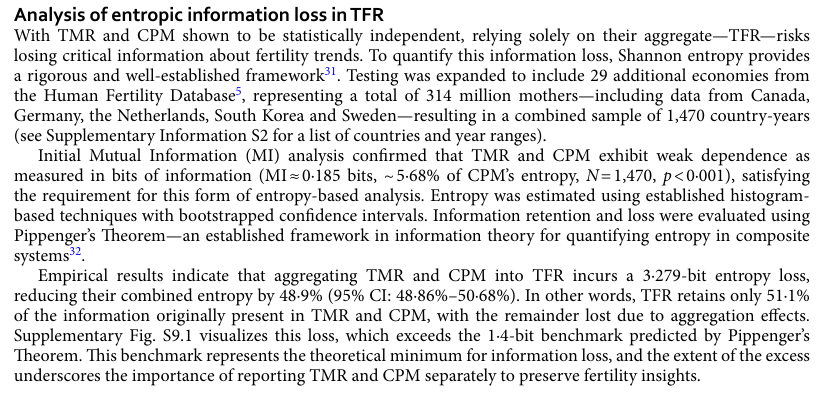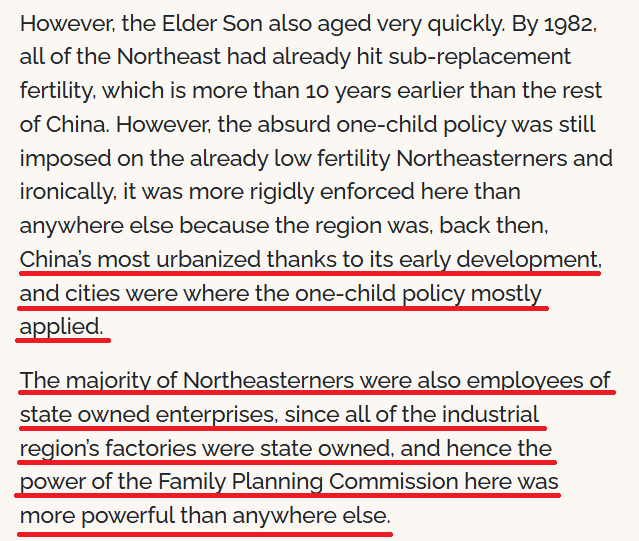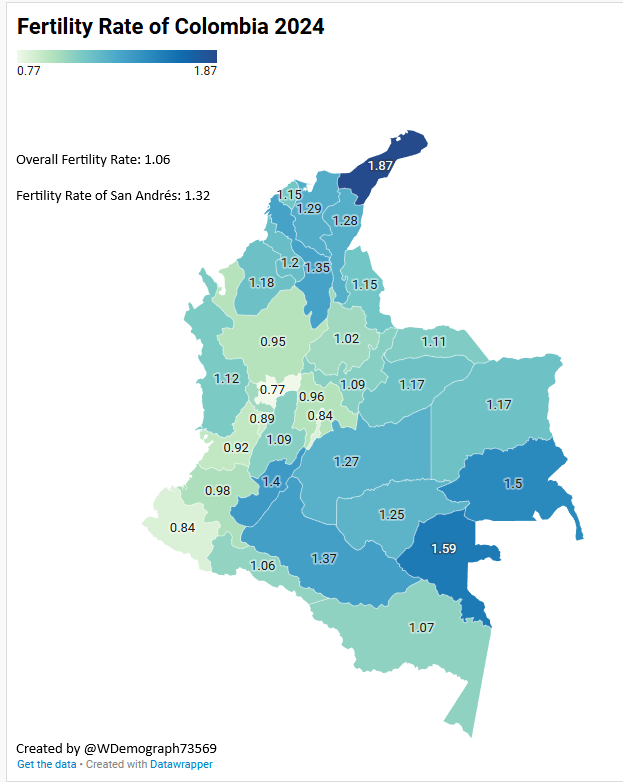New: A “Twelve Step Program” to revive birthrates around the world, a thread!
A truly important series. Please retweet and follow! Thanks to greats like @lymanstoneky/@FamStudies for work and charts uncovering "fertility factors". (Hoping for his book on this topic one day soon!)
A truly important series. Please retweet and follow! Thanks to greats like @lymanstoneky/@FamStudies for work and charts uncovering "fertility factors". (Hoping for his book on this topic one day soon!)
Step 1: Talk about the problem. A lot. Things are trending toward demographic collapse in country after country, with fertility rates now below replacement in most countries, and still dropping quickly.
Most people aren’t aware of the problem yet. Why?
https://twitter.com/BirthGauge/status/1662234743851700224
Most people aren’t aware of the problem yet. Why?

Two reasons: First, very old data. A long time ago, a scary book called “The Population Bomb” was published. But that was 55 years ago and birthrates since dropped like a rock. Second, many just look at total population when it takes a population *pyramid* to see the collapse. 

Step 2: Embrace pro-natality in culture. Israel, which deeply welcomes children as a national cause, is a wonderful example. Crowded, modern, educated and wealthy, Israel “should” have low fertility. Yet Israeli fertility is high. Why? Simply, Israel deeply wants children. 

Re pro-natalism, big families must be common, just to achieve replacement fertility. If 1/3 have no kids, and the remaining 2/3 average 2 children each, then the fertility rate will be just 1.33, far too low. Society needs big families, just to balance out all the childless!
Step 3: Value faith groups and religious freedom. Many religious groups have healthy fertility – Orthodox Catholics, LDS, Orthodox Jews, Amish, Muslims, etc. But are there any high fertility group that are not religious? None that I know of. 

Less-religious people may object, but the data on this is strong. The onus is on seculars to develop pro-natality as the religious have. This group includes a lot of great scientists and techies, so it matters for the future. Who lays out a secular pro-child vision? @elonmusk?
Step 4: Educate young people on the link between fertility and age. Unplanned childlessness is now far more common than unplanned pregnancy! Between school, work and trying to meet someone, time just runs out. How much heartbreak can be avoided by just teaching this chart? 

Relatedly, education tracks should be dramatically shortened to help women balance ambition and family. Long education tracks really reduce women’s ability to have children. 

Step 5: Address housing costs by building more and improving home financing for the young. (But type of housing matters greatly. Large homes further from the city are much better for birthrates than small apartments in the city, @lymanstoneky reveals.) 

Step 6: Push back against the doomers. Many things are getting better, especially with the environment.
(Check out my favorite before-and-after, Fresh Kills, the world’s biggest landfill, now a lovely park!)

(Check out my favorite before-and-after, Fresh Kills, the world’s biggest landfill, now a lovely park!)


Step 7: OB-Gyn’s have to do their part, in two ways.
First, recognize that unwanted pregnancy is now less common than unwanted childlessness. Help women avoid the latter, not just the former.
Second, minimize C-sections, which limit a woman's future childbearing.
First, recognize that unwanted pregnancy is now less common than unwanted childlessness. Help women avoid the latter, not just the former.
Second, minimize C-sections, which limit a woman's future childbearing.

Step 8: Strive for work-and-family balance. Countries with lowest-of-low fertility rates, such as China, Korea and Taiwan, have very long work hours and family suffers. Can one parent focus on raising the kids? Raising kids is already a full-time job! WFH helps a lot. 

Step 9: Parents of young adults have a big supporting role to play. Young people usually start out poor. Housing and childcare costs are often overwhelming. Would-be-grandparents can help their grown children with a downpayment, caring for children and passing on tradition.
Step 10: Focus on marriage. Traditional models lead to more kids - the data is strong on this! Those who follow a traditional plan (intimacy after marriage, not before; short courtships rather than years of dating) have a lot more kids. Even arranged marriage is underrated! 



Step 11: Men need to help more with household chores. Two benefits: First, it eases the much heavier burden that women experience raising children. Second, it helps ease gender tension. Where gender wars are intense (for example, Korea), women avoid motherhood.
(Source: WEF)
(Source: WEF)

Step 12: Social spending to support families. Child benefits, like childcare and child allowances do matter. (But they aren't a magic cure. Cultural messages matter more, and they usually cost less.)
The best solution? All of the above: drop politics and try everything. Some of the most valuable solutions will be ones that are difficult to accept. All solutions are needed because the fertility collapse may become the most difficult crisis that humanity has ever faced.
• • •
Missing some Tweet in this thread? You can try to
force a refresh












